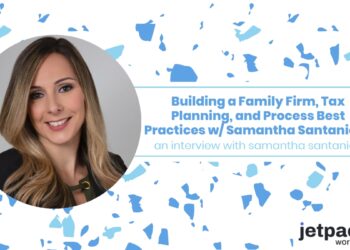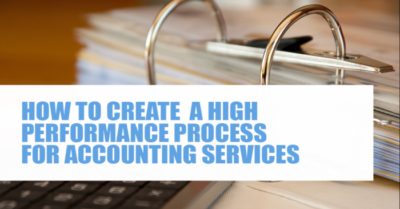How To Find New Services To Offer Your Clients

Speaker 1: You mentioned that you’ve done incremental updates, add-ons, changes, I wasn’t quite sure and I wanted to dig into what you meant by these incremental updates. Are you talking about adding different service packages to your existing umbrella or what did you mean by these kind of incremental updates?
Speaker 2: So we have done that as we have moved a lot of clients that came in through the acquisition who were simply hourly clients. We have moved quite a number of them onto packages, monthly packages, value pricing, really align us with them, aligning the outcomes. So we have done something, a lot of things there.
On the additional profit center side, one of the most recent ones that we launched was evaluation business, whether that’s valuing assets, whether that’s 499A evaluations for a start-up business, these are we call it growth lab analytics, it’s competencies that we have in-house that we were not leveraging. We already had the capability but it was something that we hadn’t developed. We spent more than 10 percent of our time figuring out how to deliver this well and really went out to the market with that. Again, there was several clients who didn’t come through us, been referred out, so the next time it comes through the door, we don’t need to refer it out.
Speaker 1: And that moving forward, that green light with going forward with the valuation services was, it was a similar process where it sounds like you’re constantly thinking or maybe this is even coming up in client meetings. We were talking to somebody on our panel and they said, “Well client meeting, in preparation for that recurring check-in, quarterly, yearly, monthly, whatever it may be, is seeing other opportunities we can help their firm grow.” And there are all kinds of different service opportunities that one metric that a lot of people don’t talk about is the number of jobs or projects per client, that’s a great way to grow by using existing resources. That can drive profitability because you’re using in-house items right there. So for the valuations
Speaker 2: Just to make sure.
Speaker 1: Pardon, go ahead.
Speaker 2: Just want to make sure we don’t go the way of Wells Fargo on that one.
Speaker 1: What do you mean?
Speaker 2: Adding number of products per client.
Speaker 1: Oh, yeah, yeah, yeah, yeah. Right.
Speaker 2: But that’s a very good point. What you’re getting at there is the client communication and the feedback loop. Where is the feedback loop with your clients to understand what they’re dealing with, what are their pain points? I think it’s something we’re all continually working on is getting that feedback, whether it’s through newsletter, through surveys, through the annual meetings with clients, quarterly meetings, whatever the cadence might be; making sure that we have a way to get that feedback, both directly when we ask questions but also almost more importantly, sometimes, is just kind of reading the tea leaves and seeing what they’re dealing with, what they’re challenges are, so that you can then identify if there’s a capability or latent capacity for the firm to build out and service a different need.









